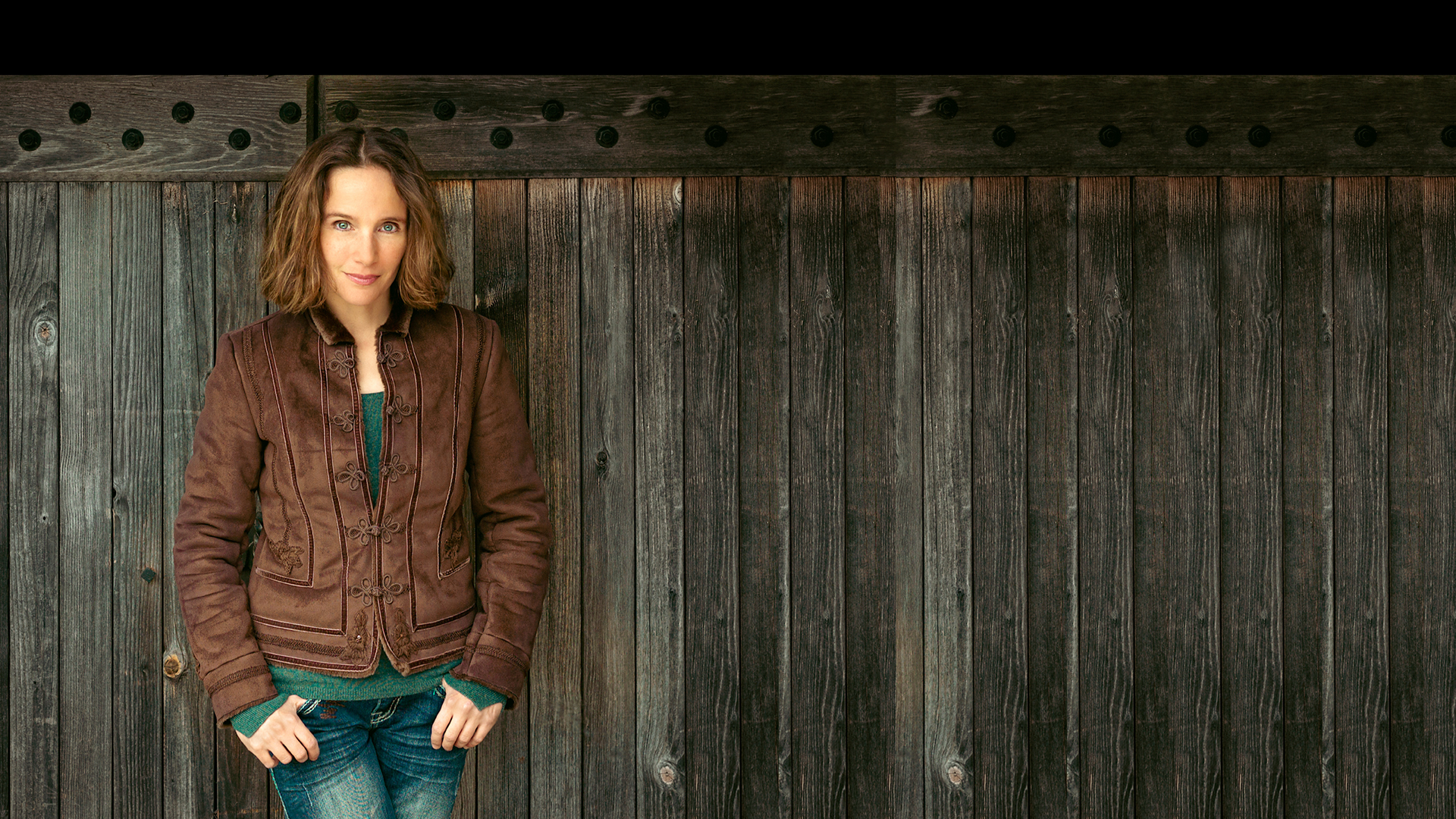By Lucy Caplan
Lucy Caplan is Assistant Professor of Music at Worcester Polytechnic Institute and a winner of the Rubin Prize for Music Criticism.
Introduction
As a young man, the Italian composer and pianist Ferruccio Busoni bounced around the world, taking up teaching positions in Helsinki, Moscow, and Boston between 1888 and 1892. During these globe-trotting years, he became fascinated by Bach, whose music would come to be a lifelong focus. His arrangement of Bach’s celebrated Chaconne for solo violin reflects the breadth of his experiences: It transplants Bach’s music from its eighteenth-century origins, welcoming it into a modern, cosmopolitan age.
Johannes Brahms spent these same years between his well-loved Vienna, where he had resided since the 1860s, and the nearby resort town of Bad Ischl. Having reached the twilight of his career, he considered retirement before deciding to write a few more pieces of solo and chamber music, including the collections for solo piano Op. 116 and Op. 117. Composed in an atmosphere of comfort and reflection, his music from this period is as introspective and dense as Busoni’s is exuberant and expansive.
On this evening’s program, Hélène Grimaud prefaces these works—all composed within just a few years of one another—with Beethoven’s Sonata Op. 109, which dates from 1820. Like many works that exemplify Beethoven’s late style, it has a perpetually modern sound, which draws elegantly on the economy of earlier forms while also gesturing toward a wide-open musical horizon. This is music that seems almost ethereal, unmoored from any particular time or place.
Ludwig van Beethoven, Piano Sonata No. 30 in E Major, Op. 109 (1820)
Stereotypically stormy Beethoven seems to be at peace at the outset of his Sonata Op. 109, which opens with an organic, almost spontaneous-sounding melody. Each beat is given equal emphasis, with the occasional breakaway arpeggio or rapid swirl of broken thirds. A greater sense of urgency arises in the brief Prestissimo that follows, with its sudden dynamic shifts and prevailing feeling of unstoppable momentum.
The glorious third movement—which Beethoven indicated is to be played “songfully, with innermost feeling”—begins with a simply presented melody. The first variation introduces some elegant ornamentation, including a showering of subtly placed grace notes. The second, recalling the placidity of the sonata’s first movement, moves like a gently flowing river; a vigorous current courses through the third variation, which intensifies in vigor. There is a Baroque architecture to the next three variations, which feature complex counterpoint and knotty harmonies. The closing restatement of the theme returns to a mood of total calm. This convergence of backward glances toward an earlier musical era on the one hand, and forthright disregard for Classical-era conventions on the other, is characteristic of Beethoven’s later works. The theme-and-variations format enables the composer to experiment, jumping almost cinematically from idea to idea within the scope of a single work.
Johannes Brahms, Three Intermezzi for Piano, Op. 117 (1892)
Brahms was active as a pianist throughout his career, playing in public from the time that he was ten years old. But he was an ambivalent performer; an introvert through and through, he declined to speak directly to the audience, and he had to be practically pushed back onstage to acknowledge applause. Nonetheless, it seems fitting that some of his final compositions were written for an instrument which had long been fundamental to his identity as a musician. Between 1892 and 1893, he composed four collections of piano pieces (Op. 116–119), which compressed enormous depths of feeling into brief works. Clara Schumann (whom Brahms likely had in mind as he composed them) exalted these pieces as “a true source of enjoyment, everything, poetry, passion, rapture, intimacy, full of the most marvelous effects…In these pieces I at last feel musical life re-enter my soul, and I play once more with true devotion.”
The three intermezzi that comprise Op. 117 are poignantly melancholic, situated in the shadows between sweetness and despair. The first is preceded by a few lines, in German, from a Scots lullaby titled “Lady Bothwell’s Lament;” its memorable opening melody, tucked into an inner voice in the piano’s middle register, sways to the rhythm of those words. The second is structured like a sonata in miniature, with a wistful, arpeggio-laden first theme juxtaposed against a serene second theme. The third intermezzo begins with the spare sound of a melody presented in octaves, then gradually fills out its harmonies. Like the first two intermezzi, it introduces a brighter contrasting theme in its middle section before eventually returning to the more mournful tones of its beginning.
Johannes Brahms, Fantasies for Piano, Op. 116 (1892)
If Brahms’ Op. 117 Intermezzi have an impressionistic quality, then the Op. 116 Fantasies are far more expressionist. The composer wears his heart on his sleeve, crafting dense works which traverse an immense emotional palette. The set opens with a brash Capriccio, whose thundering chords emerge from the lower reaches of the piano’s register. The Intermezzo that follows is quieter, but equally anguished in its own way. Its sarabande-like rhythms, which emphasize the second beat of the bar, feel tentative and uncertain. The third piece, another Capriccio, begins tumultuously before settling into a more devotional mood in its chorale-like middle section. The fourth piece in the collection, an Intermezzo, is an oasis. In the brightly lit key of E major, it intersperses gently downward-falling arpeggios with moments of aching chromaticism. The fifth Intermezzo, in the parallel key of E minor, starts in a halting manner, as if moving down a shadowy path, before relaxing into a more graceful, songlike mood. In the sixth piece of the set, another Intermezzo, Brahms bobs and weaves between major and minor keys, luxuriating in harmonic variety. The final piece, a Capriccio, returns to the intensity of the first, with similarly dense textures and an agitated mood. In its emotional depth, it feels like both a full-circle return to the collection’s beginnings and a layered culmination of all that has transpired since.
J. S. Bach/Ferruccio Busoni, Chaconne from Partita No. 2 in D Minor, BWV 1004 (1893)
Arranging Bach’s music was not an uncommon practice among nineteenth-century composers, who conveyed their admiration for this music not by attempting to recreate it exactly, but rather by reimagining it according to the aesthetic norms of their own era. Brahms, for instance, revered Bach’s magisterial Chaconne for solo violin, once writing, “The Chaconne is, in my opinion, one of the most wonderful and most incomprehensible pieces of music. Using the technique adapted to a small instrument, the man writes whole world of the deepest thoughts and most powerful feelings. If I could picture myself writing, or even conceiving, such a piece, I am certain that the extreme excitement and emotional tension would have driven me mad.” This did not stop him from taking matters into his own hands, and he arranged the piece for piano in the 1870s. Busoni, himself a virtuoso pianist and composer, shared Brahms’s respect for this monumental work. His own transcription, created in the early 1890s, uses the full range of pianistic technique to celebrate the grandeur of Bach’s musical imagination.





